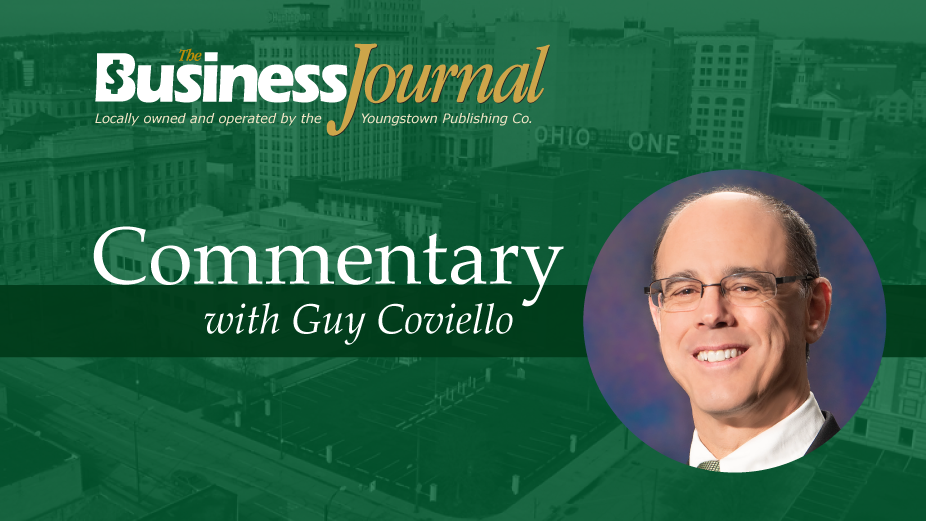Study: Regional Economic Measures Improving, But Work Remains
CLEVELAND — In its 2019 Growth & Opportunity Scorecard for northeastern Ohio, the Fund for Our Economic Future reports that while some metrics are rising, there’s still work to be done in the Mahoning Valley.
Compared to 2018 the Youngstown metropolitan area saw 0.5% growth in the number of companies in 2018 – better than the 1.4% drop seen from 2017 to 2016 – along with a 0.4% increase in incomes and a rise in employment to 66.9%, up from the 65.1% reported in 2017.
Meanwhile, trade sector growth slipped in the metropolitan area – which includes Mahoning, Trumbull and Columbiana counties along with Mercer County, Pa. – to -0.2% from 0.1% growth in 2018, as did the ratings for economic security and income equity.
Employment equity and geographic equity both held steady with the fund’s 2018 scorecard. The scorecard for each metro area studied by the Fund for Our Economic Future is available here.
The scorecard was first published last year in the fund’s “The Two Tomorrows” report, highlighting steps that northeastern Ohio can take to improve its economic health.
“In The Two Tomorrows, we called for a new way to define success beyond traditional growth measures of job gains, gross product and per capita income, because we know our growth is not reaching all people and that is a detriment to the region’s long-term sustainability and vibrancy,” said the fund’s vice president, Bethia Burke, in a release.
Looking at all of northeastern Ohio, the 2019 scorecard focused on four major areas. Employment is the region’s bright spot as 74% of working-age adults in the area had jobs in 2018; 75% is considered by most economist to be “full employment.” And while growth is happening, the region isn’t keeping up with its peers as trade-sector growth and the number of new companies lags behind 10 other regions with similar geography, size or industrial history.
Meanwhile, the report’s equity metrics are “moving in the right direction.” But work remains to be done.
“The disparities in outcomes between white and black northeast Ohio residents are still significant,” the scorecard said. “The unemployment rate for black workers is 8.2 percentage points greater than the unemployment rate for white workers, and monthly income for white workers is on average $1,500 greater than for black workers.”
And while there is job creation, there are “still not ‘good’ jobs” being created in the area, leading to stagnation in income and economic security.
“Average incomes rose just 0.6%, slightly below the 1% target, and at a slower pace than in the prior performance period. Economic security remained at just 58%, meaning only 58% of families in Northeast Ohio earn a living wage. The target is 75%.”
“As these measures make clear, much work remains,” said the president of the Fund for Our Economic Future, Brad Whitehead. “We will regularly report out on how our region is doing, and continue to provide resources to the community – whether that be additional analysis, convening support or grant dollars – that can help us collectively work toward improvements.”
Copyright 2024 The Business Journal, Youngstown, Ohio.



